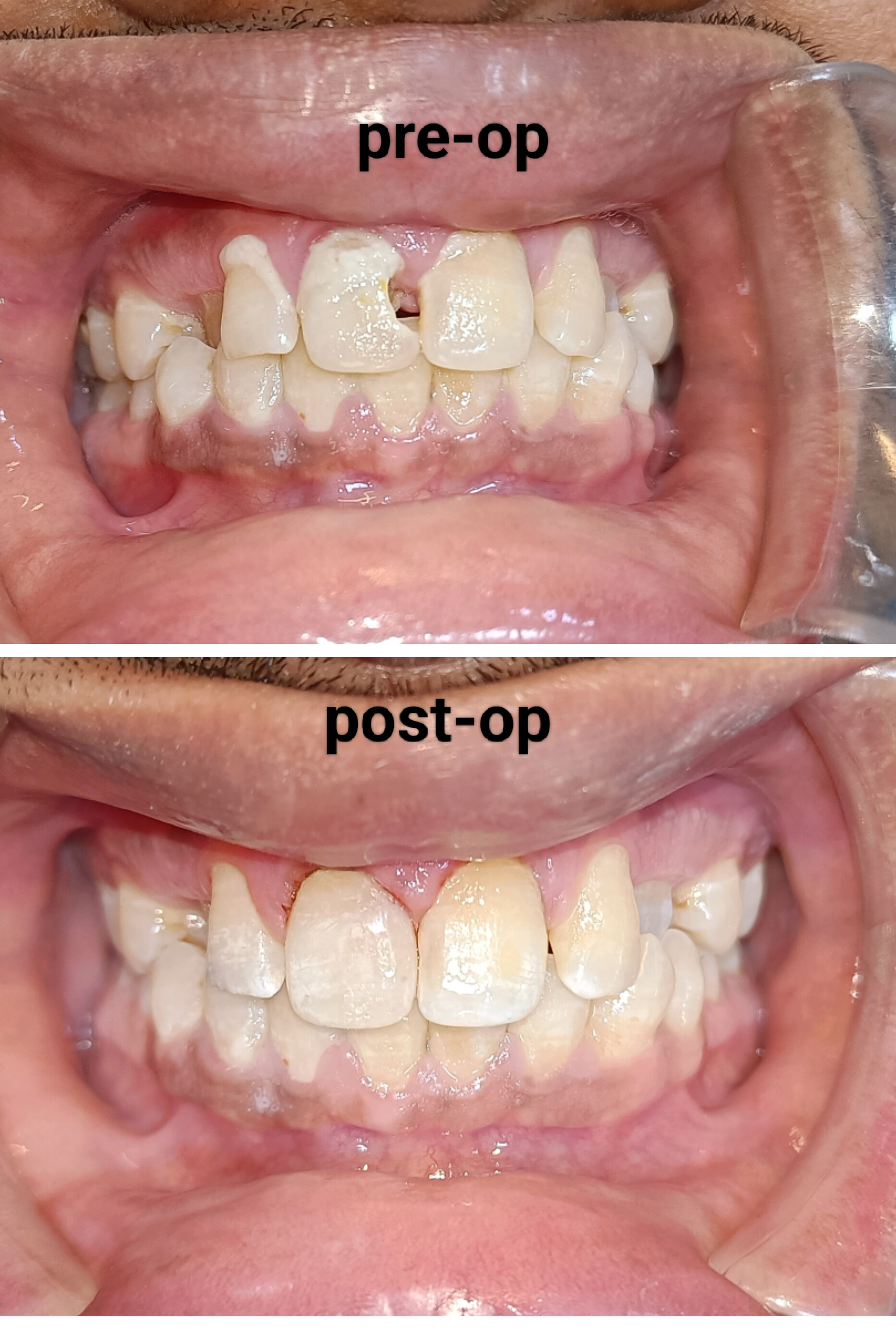+917906530711

This is your website preview.
Currently it only shows your basic business info. Start adding relevant business details such as description, images and products or services to gain your customers attention by using Boost 360 android app / iOS App / web portal.
#Title: Achieving Aesthetic Excellence with Ant...

#Title: Achieving Aesthetic Excellence with Anterior Teeth Composite Restorations Anterior teeth, often referred to as the "smile zone, " play a crucial role in the overall appearance of an individual's smile. Aesthetic composite restorations have revolutionized the field of dentistry, allowing dental professionals to restore the natural beauty of anterior teeth while preserving their function. This article delves into the art and science of anterior teeth aesthetic composite restorations, exploring techniques, materials, and considerations for achieving exceptional results. The Art of Aesthetic Restoration: Aesthetic composite restorations in the anterior teeth require both technical skill and an artistic touch. Dental practitioners must consider not only the structural integrity of the restoration but also the harmony of shape, shade, and translucency with the surrounding natural teeth. Achieving lifelike results demands a keen eye for detail and a deep understanding of dental aesthetics. Material Selection: Composite resins are the primary choice for anterior teeth restorations due to their ability to mimic natural tooth enamel. Advanced composite materials offer a wide range of shades and opacities, enabling dentists to match the restoration seamlessly with the patient's existing dentition. These materials are also highly customizable, allowing for layering and blending to achieve a natural gradient effect. Techniques for Anterior Teeth Aesthetic Restoration: 1. Shade Selection: Accurate shade matching is the foundation of a successful aesthetic restoration. Natural lighting and shade guides aid in selecting the most appropriate composite shade for the individual patient. 2. Tooth Preparation: Minimally invasive tooth preparation is essential to preserve the maximum amount of healthy tooth structure. This includes selective enamel etching to enhance bonding, followed by the application of adhesive systems. 3. Layering Technique: A layering approach involves applying composite material in multiple thin layers, mimicking the natural tooth's color and translucency. This technique allows for the creation of subtle color variations and light play. 4. Translucency and Opacity: The use of different opacities and translucencies within the composite layers helps replicate the natural appearance of enamel, dentin, and incisal edges. 5. Texture and Surface Anatomy: Creating texture and surface anatomy with tools like brushes and sculpting instruments adds depth to the restoration, making it virtually indistinguishable from natural teeth. 6. Finishing and Polishing: Meticulous finishing and polishing are crucial to achieving a seamless transition between the restoration and the tooth. This step enhances esthetics, minimizes staining, and improves longevity. Considerations for Success: 1. Patient Communication: Open dialogue with the patient is vital to understand their expectations and desires. It helps manage their expectations and ensures that the final result aligns with their vision. 2. Functional Aspect: While aesthetics are paramount, preserving proper occlusion and function is equally crucial for a successful restoration that stands the test of time. 3. Continuing Education: Staying updated with the latest techniques and materials through continuing education courses empowers dental professionals to provide the best possible care to their patients. Conclusion: Anterior teeth aesthetic composite restorations blend the realms of artistry and dentistry, offering patients the opportunity to regain their confident smiles. Through meticulous shade selection, careful layering techniques, and an understanding of dental aesthetics, dental practitioners can create restorations that seamlessly integrate with the patient's natural dentition. As advancements in materials and techniques continue to evolve, the field of anterior teeth aesthetic restoration holds the promise of even more remarkable outcomes in the future.

